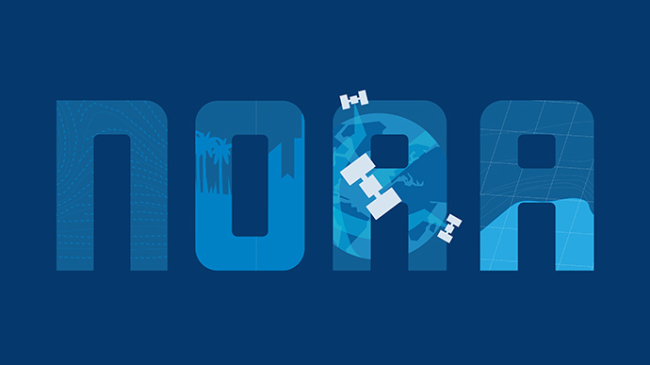The EPP/MSI NOAA Living Marine Resources Cooperative Science Center II (LMRCSC II) prepares graduate students for a wide variety of future careers, including careers within academia, the private sector, and government agencies, such as NOAA. LMRCSC II students are trained through coursework, seminars, workshops, and professional development opportunities.

Janelle Layton diving in Mo'orea, French Polynesia, for research during her time as a graduate student with the Living Marine Resources Cooperative Science Center. (Image credit: Courtesy of LMRCSC II)
LMRCSC II prepares students for the NOAA workforce enterprise
LMRCSC II introduces students to NOAA subject matter experts working in their research area of interest to ensure alignment of student training with NOAA mission priorities. All graduate fellows supported by Cooperative Science Centers are required to complete NOAA Experiential Research and Training Opportunities (NERTOs) in addition to their other training and coursework to prepare students for the NOAA-mission enterprise workforce. NERTOs are minimum 12-week internships at a NOAA facility under the guidance of a NOAA mentor in collaboration with their academic advisor. NERTOs not only introduce students to the structure and function of NOAA, but also allow LMRCSC II to identify research opportunities for students and faculty that align with NOAA’s mission while strengthening partnerships with NOAA programs and laboratories. In addition, all LMRCSC II graduate fellows are required to have a NOAA scientist serve on their advisory committees.
Since 2016, 67 NOAA EPP/MSI LMRCSC graduate students have taken part in NERTOs at several NOAA facilities, including:
- 15 at the Northeast Fisheries Science Center
- 12 at the Southeast Fisheries Science Center
- 10 at the Northwest Fisheries Science Center
- 7 at the National Ocean Service
- 5 at the NOAA Chesapeake Bay Office
- 5 at the Southwest Fisheries Science Center
- 4 at the Alaska Fisheries Science Center.
- Other locations where students conducted NERTOs are the Pacific Island Fisheries Science Center, Greater Atlantic Regional Fisheries Office, Southeast Regional Office, and Pacific Marine Environmental Lab.
Research topics and outcomes of NERTOs
Research projects conducted by the students are diverse and aligned with NOAA Fisheries priorities, and their results have increased the body of knowledge related to fish stocks and their habitats, and fisheries management. Projects focused on commercially important finfish species, shellfish, habitats, protected species, and pathology and pathogens. Furthermore, some students developed marine food web models, essential fish habitat maps, or species distribution models for groundfish. Center students present results of their NERTO research at the NOAA Science Seminar series, which shares information about their work with NOAA and its stakeholders.

NERTO impact on LMRCSC students
NERTOs benefit center students in their experience in multiple ways. Students get to generate impactful products and data and gain skills that are relevant to their theses. In surveys administered to NERTO participants at the end of the internship, interns reported acquiring valuable experiences and skills, which they applied to their theses and dissertation: 53.4% of the students generated new data for models and products for their NOAA host office and 67.2% of NERTO participants report gaining new and expanded competencies to conduct research and engage in NOAA mission-aligned activities.
Meet two LMRCSC alumni now employed at NOAA
Among the LMRCSC alumni who participated in the NERTO are LaTreese S. Denson who interned at NOAA Alaska Fisheries Science Center, Seattle, Washington, in 2018 and Stephanie Martinez-Rivera who interned at Alaska Fisheries Science Center, Kodiak, Alaska, in 2018. Both students secured employment at NOAA after completing their doctoral degree programs.






